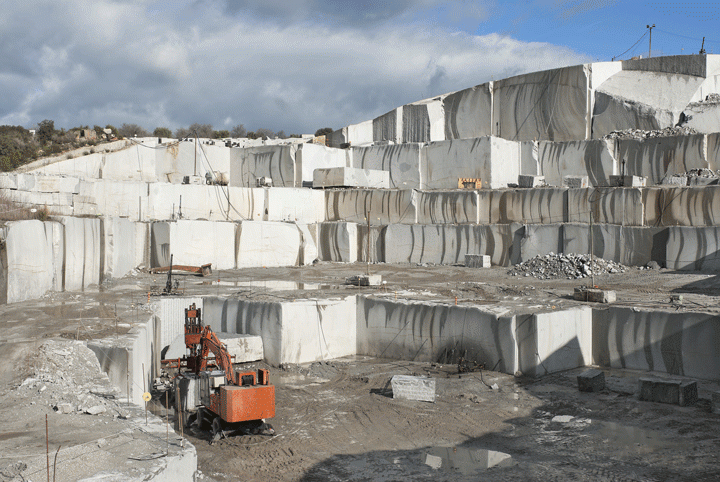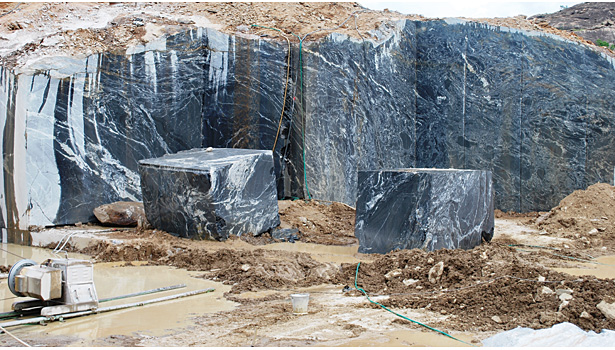Diving right into of Granite Quarries in South Africa
Diving right into of Granite Quarries in South Africa
Blog Article
Unearthing the Rich History and Lasting Practices of Granite Quarrying
As we depend on the precipice of discovering the intricate tapestry of granite quarrying, a trip via time discloses not just the physical act of extracting rock but likewise the cultural and historical relevance woven into the extremely fabric of this technique. From the old beginnings that laid the structure for modern quarrying methods to the lasting methods that are shaping the future of this sector, each chisel mark on granite surface areas narrates waiting to be discovered (granite quarries in south africa). The tradition of granite quarrying extends much beyond plain removal; it is a testimony to human ingenuity, strength, and the long-lasting allure of this stunning stone
Ancient Origins of Granite Quarrying
Going back to old people, the method of quarrying granite has actually been an indispensable part of human history and building innovation. The earliest proof of granite quarrying dates back to old Egypt, where huge pyramids and detailed sculptures were crafted from this resilient stone. The Egyptians used primitive tools to remove granite blocks from quarries, showcasing the value of this product in their monumental building and constructions.
Relocating onward in background, the Greeks additionally made substantial payments to the quarrying of granite. The Greeks used granite in various building wonders, such as temples and sculptures, demonstrating their ability in shaping and carving this hardy stone. The Romans even more improved the strategies of quarrying granite, utilizing advanced tools like chisels and hammers to extract and shape granite for their famous structures.
With the centuries, the practice of quarrying granite has progressed, with contemporary technologies boosting performance while maintaining the ageless charm of this all-natural rock - granite quarries in south africa. From old civilizations to modern contractors, the heritage of granite quarrying remains to form our world
Evolution of Quarrying Methods
The evolution of quarrying techniques has been noted by a continual progression in the direction of better effectiveness and precision in extracting granite. From the primary techniques utilized by our ancestors to the advanced innovations used in contemporary quarrying operations, the industry has actually undergone substantial developments. Early quarrying methods included manual labor with standard devices such as chisels, hammers, and wedges to draw out granite blocks from the earth. As human beings proceeded, methods like fire-setting and primitive dynamites were introduced to promote the extraction procedure.
In more current times, the introduction of machinery changed the quarrying industry, enabling faster extraction rates and increased productivity. Technologies such as ruby cable saws, high-pressure water jets, and pneumatic drills have come to be common in modern quarries, allowing for specific cutting and decreased waste. Furthermore, innovations in computer-controlled devices and 3D modeling have optimized quarrying operations, bring about marginal environmental effect and enhanced sustainability practices. As the need for granite continues to climb, the advancement of quarrying strategies continues to be important to meeting market needs successfully and sustainably.
Cultural Significance of Granite
Granite holds an extensive social relevance throughout different worlds due to its long-lasting visibility in architectural work of arts and revered monoliths. The cultural significance of granite extends past its physical attributes; it embodies durability, security, and timelessness, making it a symbol of enduring heritages and traditions.

Sustainable Practices in Quarrying
Among the abundant background of granite quarrying and its cultural significance lies an expanding emphasis on lasting methods within the market. As environmental understanding and concerns regarding resource depletion have increased globally, the quarrying field has actually significantly embraced lasting methods to reduce its influence on the setting and surrounding areas.

In addition, recovery and rehab of quarry sites post-extraction are essential to sustainable practices. By recovering quarried areas to a natural or valuable state, such as developing wildlife habitats or leisure rooms, quarriers can counter the ecological learn the facts here now impact of their procedures and contribute favorably to the local ecological community.
Tradition of Granite Quarrying
With a historic background steeped in workmanship and industrial progress, what withstanding impact has granite quarrying left on the landscape of contemporary society? The heritage of granite quarrying transcends mere removal methods; it has actually shaped building marvels, urban landscapes, and cultural heritage worldwide. The sturdy nature of granite has actually made it a preferred selection for monoliths, structures, and framework, standing as a testament to the ability and creativity of quarry workers across generations.
Additionally, the financial impact of granite quarrying can not be forgotten. The industry remains to supply work chances and drive neighborhood economic climates in areas where granite removal is widespread. It has likewise stimulated Get More Information technical developments in quarrying strategies and tools, resulting in a lot more effective and sustainable methods.
In regards to sustainability, the tradition of granite quarrying includes initiatives to alleviate ecological effects with reclamation tasks and liable resource management. By balancing financial rate of interests with environmental stewardship, the market aims to ensure that future generations can proceed to benefit from this long-lasting natural source.
Conclusion

Report this page